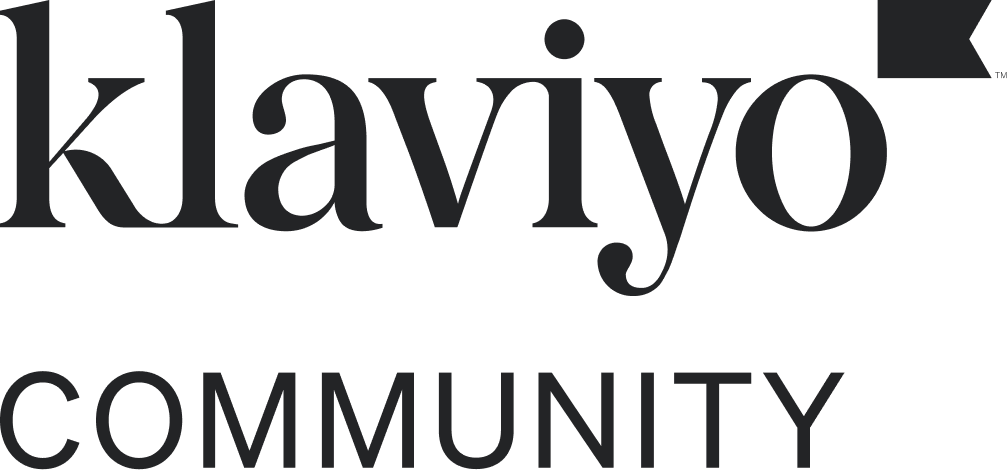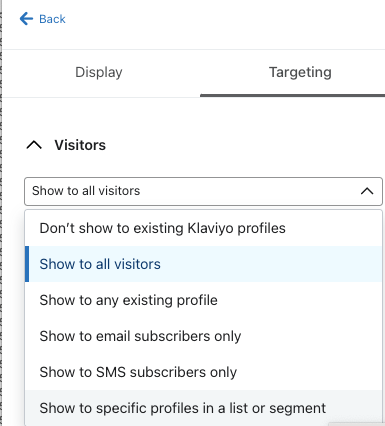We're a functional toiletry brand that is very giftable.
We have two primary audiences, what we call 'self user' and 'gift buyer'.
During our Xmas 2024 gifting campaign we acquired 16,000 new customers. These are basically first time buyers in Nov and Dec 2024. I have created a segment of them.
I'd like to find a way of identifying customers inside this 16k segment who would like to receive regular 'self user' style emails.
What is the best way of doing this?
Any other ideas on how to treat this gift buyer segment are welcome too.







![[Academy] Deliverability Certificate Forum|alt.badge.img](https://uploads-us-west-2.insided.com/klaviyo-en/attachment/505f2253-cde5-4365-98fd-9d894328b3e0_thumb.png)

